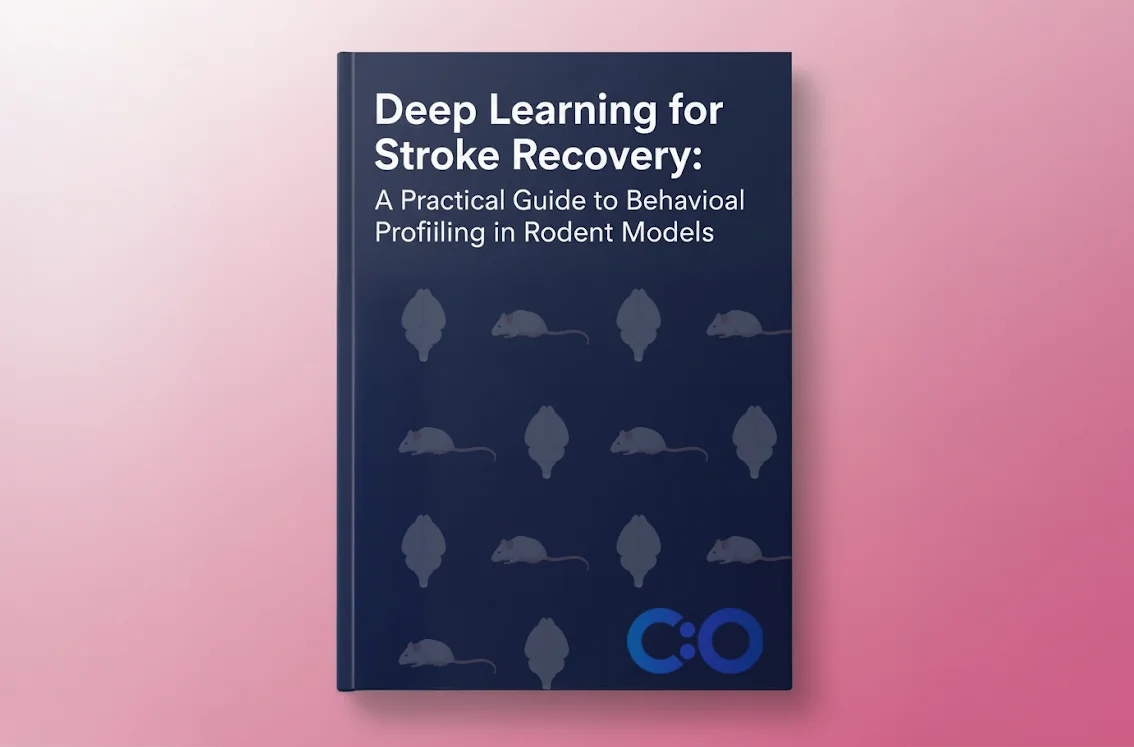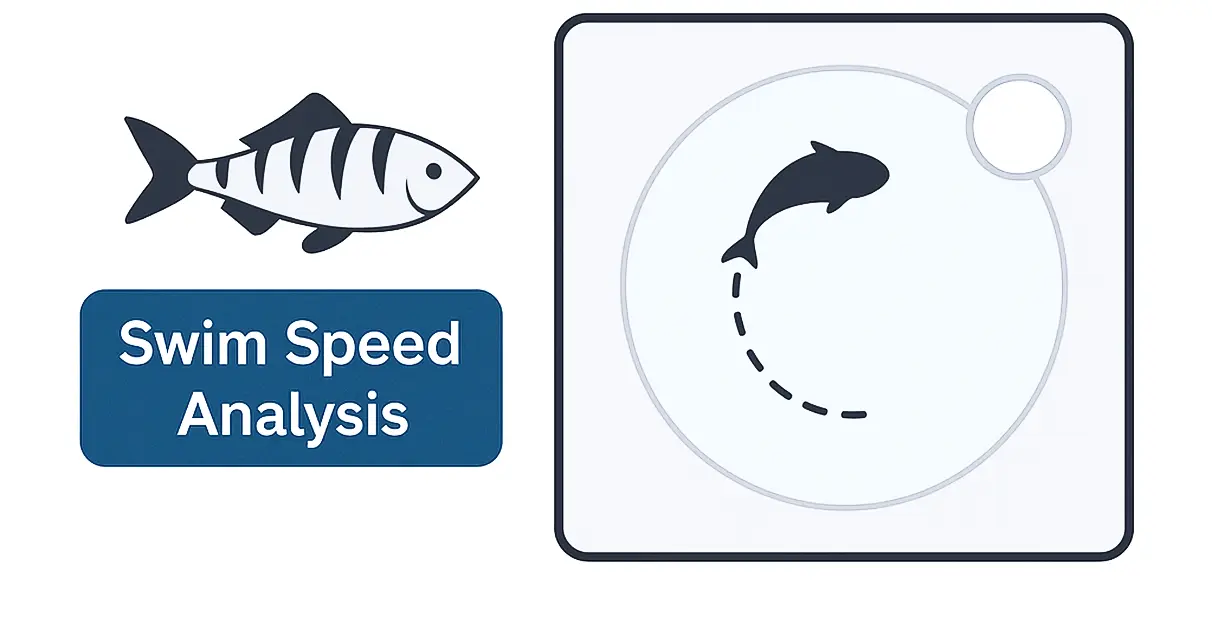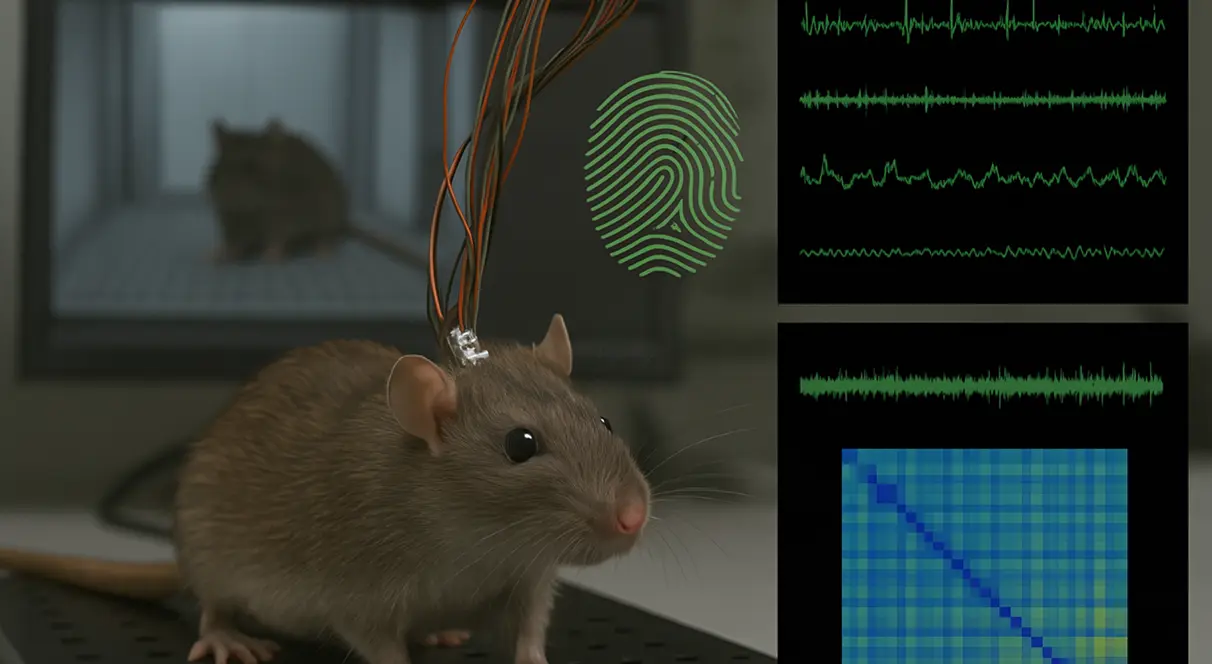

In behavioral neuroscience, the Open Field Test (OFT) stands as one of the most established paradigms for quantifying spontaneous activity, risk assessment, and anxiety-related behavior in rodent models. It is a crucial assay for researchers aiming to understand how internal emotional states interact with spatial cognition and environmental perception. The test arena, typically a large, enclosed square or circular field, presents a dichotomous space: a protected peripheral wall zone versus a conspicuous and unprotected center zone. Rodents, as prey animals, exhibit innate avoidance of open areas, making transitions into the center a behavioral indicator of exploration versus fear.
Within this framework, the number of center crossings—counting how often an animal enters and exits the central zone—emerges as a powerful and underutilized measure. Unlike raw center dwell time or distance traveled, which can mask behavioral subtleties, crossing frequency captures dynamic movement patterns that reflect moment-to-moment decision-making. These transitions highlight the tension between exploratory drive and aversive avoidance, offering a sensitive index of emotional reactivity, cognitive flexibility, and locomotor coordination.
As a count-based metric, center crossings are particularly amenable to standardization, comparison across cohorts, and integration with both temporal and spatial behavioral features. They are influenced by pharmacological modulation, stress exposure, genetic background, and environmental context—making them highly valuable for both basic and translational research aimed at uncovering mechanisms of affective and neuropsychiatric disorders.
This count-based variable is defined as the total number of times a rodent crosses into the central zone (typically the inner 25% of the arena) from the periphery and exits back out. A higher number of crossings generally indicates greater willingness to explore and a lower anxiety profile, while fewer crossings suggest either avoidance behavior or reduced motivation.
Center crossings are a hybrid metric that encapsulate both locomotor dynamics and emotional decision-making. Each time a rodent enters or exits the central zone, it signals a behavioral choice—engaging with or retreating from an area that is evolutionarily perceived as vulnerable and potentially threatening. Thus, the frequency of crossings reflects the animal’s moment-to-moment balance between exploratory drive and anxiety-driven avoidance.
Frequent center crossings are generally interpreted as:
In contrast, infrequent or absent crossings may imply:
What makes this metric particularly valuable is its ability to capture subtle changes in behavioral reactivity over short timeframes. Because center crossings reflect discrete transitions rather than continuous presence, they allow researchers to examine dynamic behavioral shifts that occur as an animal processes novel cues, habituates to the environment, or responds to pharmacological or genetic manipulations.
This measure becomes especially powerful when analyzed in conjunction with temporal segments (early vs. late behavior), paired metrics (e.g., time spent in center, latency to entry), and across conditions. It is not only a reflection of zone preference, but also a quantifiable index of risk evaluation, exploratory initiation, and motivational state. in identifying changes in moment-to-moment risk tolerance, especially in studies evaluating the acute impact of stress, pharmacological treatments, or genetic modifications.
The number of center crossings provides a real-time behavioral snapshot of how rodents resolve the competing motivations of safety and exploration. Unlike static measures such as time spent in specific zones, crossing frequency reflects active decision-making, locomotor persistence, and responsiveness to environmental cues. This measure is particularly suited for distinguishing between transient behavioral responses and persistent affective states.
High-frequency center crossings often correlate with structured exploration and effective environmental scanning. These animals exhibit a loop-like movement pattern—transitioning from wall to center and back—demonstrating both curiosity and spatial planning. In contrast, reduced crossings suggest a more restricted or perseverative movement strategy, often linked to anxiety or compulsive behavior.
Rodents inherently perceive the center zone of an open field as a high-risk area. As such, the number of center crossings is inversely correlated with anxiety-like behavior (Prut & Belzung, 2003). Animals with elevated anxiety or exposed to stressors (e.g., restraint, predator odor) show fewer crossings and increased wall-zone dwell time.
Frequent transitions between zones require cognitive engagement and adaptability. Genetic or lesion models involving the prefrontal cortex, hippocampus, or amygdala often show altered crossing behavior, reflecting disrupted executive function or emotional regulation. This metric can therefore be used as a proxy for evaluating neural circuitry involved in affective-cognitive integration.
The number of center crossings is highly sensitive to pharmacological interventions that alter anxiety, motivation, or arousal. Increases in crossing frequency following administration of anxiolytic agents (e.g., diazepam, fluoxetine) typically reflect reduced avoidance behavior and greater behavioral flexibility. In contrast, compounds that reduce central nervous system arousal, such as sedatives or high doses of antipsychotics, suppress crossings due to reduced locomotor output or impaired motor coordination. This makes center crossings a dual-purpose marker—sensitive to both emotional state and motor capacity—and supports its use in compound screening, drug safety evaluation, and behavioral pharmacodynamics.
Anxiolytic agents such as benzodiazepines, SSRIs, and GABA agonists typically increase center crossings, reinforcing the measure’s sensitivity to emotional modulation. Conversely, sedatives or motor-impairing drugs reduce crossings, highlighting the importance of interpreting this metric alongside total distance traveled and movement velocity.
A comprehensive interpretation of center-crossing data is best achieved by combining it with additional spatial and temporal metrics. These complementary variables help distinguish between nuanced behavioral profiles, clarify the underlying causes of high or low crossing frequency, and rule out potential confounds related to general activity or motor capacity.
By triangulating the number of center crossings with these complementary indicators, researchers can form a multidimensional understanding of rodent behavior—uncovering latent patterns, resolving conflicting signals, and improving the interpretive resolution of Open Field data. Crossing frequency adds dynamic context to static duration measures. High time in center with few crossings may reflect passive dwelling, while high crossings with short center duration suggest impulsivity or hyperactivity.
Center-crossing behavior is a rich, multidimensional indicator of how rodents engage with a test environment under different internal and external conditions. This metric not only reflects overt activity but encodes subtle affective and cognitive shifts that emerge as animals navigate competing motivational forces such as novelty, fear, and curiosity. The following dimensions offer deeper layers of insight into what center crossings can reveal when analyzed beyond raw counts:
Tracking center crossings over discrete time intervals within the session (e.g., by minute) reveals temporal exploration patterns. Animals showing an increasing trend across time may be exhibiting habituation and rising confidence, while those with early peak crossings that decline may display novelty-seeking followed by fatigue or anxiety relapse.
The order and pattern in which an animal moves between zones—e.g., from wall to center to corner—can offer deeper insights into locomotor strategy and emotional regulation. Combining center crossings with entropy or spatial complexity metrics supports more nuanced behavioral phenotyping, especially in models with repetitive behaviors or cognitive deficits.
Center crossing frequency is sensitive to contextual cues such as lighting, ambient sound, or olfactory stimuli. Altering these environmental parameters can modulate the animal’s perception of safety, thus affecting transition rates. This responsiveness makes center crossings an ideal metric in environmental enrichment or contextual fear paradigms.
Not all animals exhibit the same center crossing patterns under identical conditions. By identifying subgroups—e.g., high-frequency explorers vs. low-frequency avoiders—researchers can uncover trait-level behavioral tendencies and predict responses to treatment, genetic modification, or stress exposure.
The number of center crossings offers a highly accessible yet informative measure of emotional, cognitive, and locomotor integration. It captures exploratory transitions in real time and is sensitive to both subtle and overt behavioral changes. When combined with complementary spatial and temporal metrics, it enables high-resolution profiling of rodent behavior in the Open Field Test.
Written by researchers, for researchers — powered by Conduct Science.











Dr Louise Corscadden acts as Conduct Science’s Director of Science and Development and Academic Technology Transfer. Her background is in genetics, microbiology, neuroscience, and climate chemistry.
